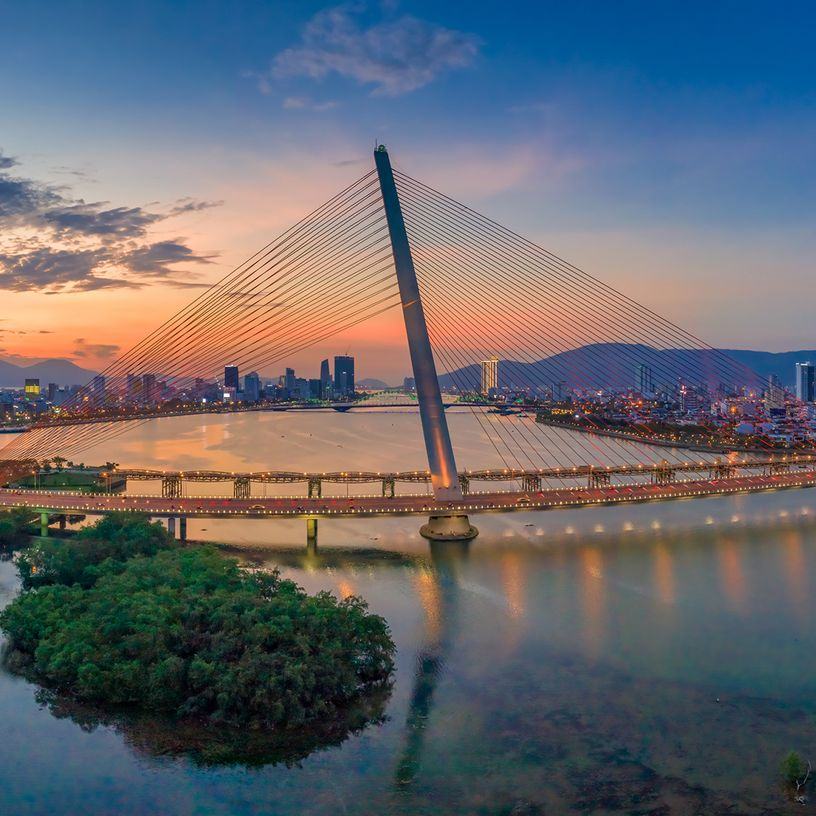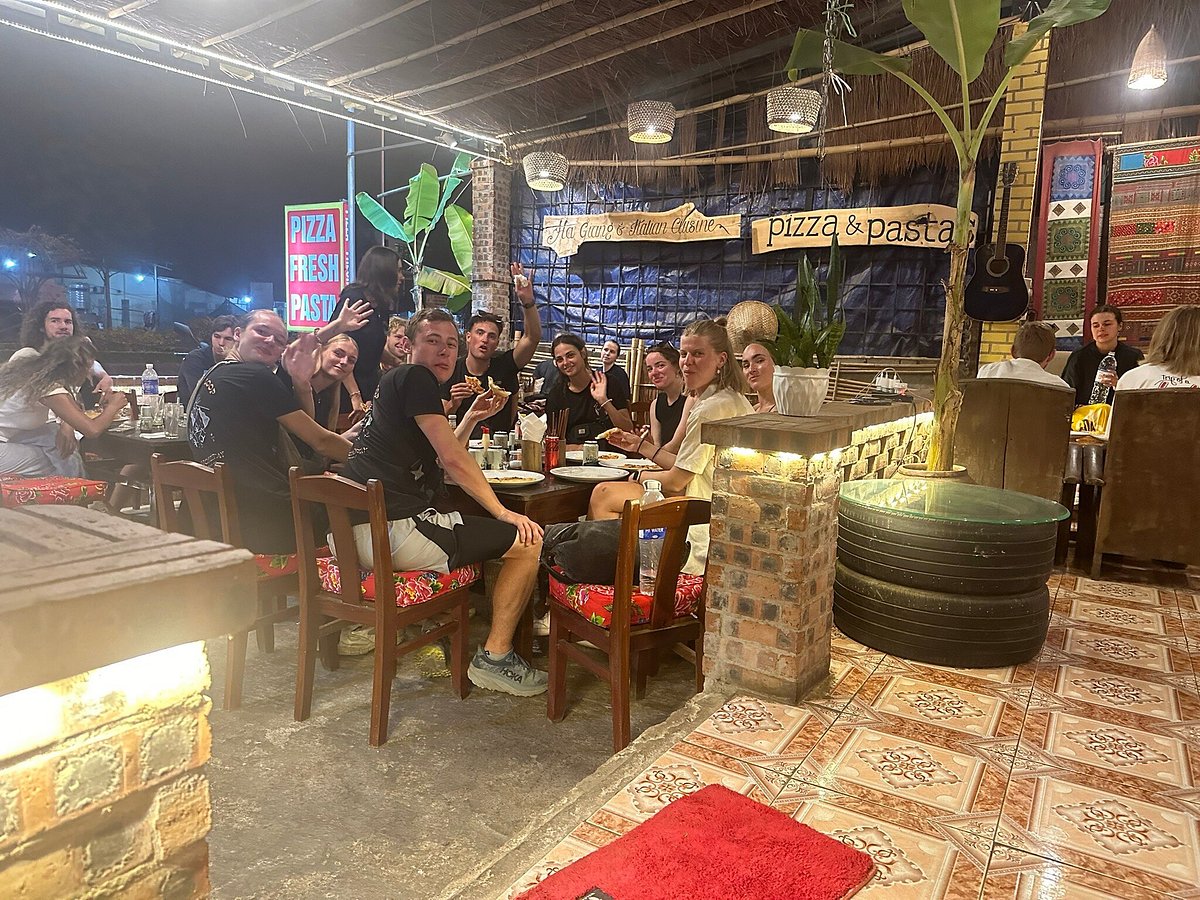Blogs, Travel Tips
Phu Quoc | Travel Guide
Phu Quoc is unrecognizable today as the poor fishing village it once was. It’s a premier tourist destination – Vietnam’s only locality offering a 30-day visa-free entry.
BEST TIME TO VISIT
The best time to visit Phu Quoc is from November to April when visitors can expect calm waters and warm sunshine, perfect for various outdoor activities such as sunbathing and relaxation. This timeframe aligns with the winter holidays of many Western tourists, making Phu Quoc a popular destination for them. While some people enjoy the rainy season on the island from May to October, others are concerned about getting stranded if the weather worsens.
WHAT TO EXPLORE
Phu Quoc is divided into four main areas: the center (Duong Dong Town) and the southern, northern, and eastern areas. Whatever the itinerary, it will take at least two days to get a hang of the island, so a prolonged stay is ideal.
In the southern tip of Phu Quoc, the Sao beach stretches for more than seven kilometers and its turquoise waters and white sands never fail to charm visitors.

Those who want to expend some energy on the beach can ride a jetski or go kayaking, windsurfing, fishing, snorkeling, and diving.
Hiring a jetski costs VND350,000 to 400,000 (US$14-16) for 15 minutes, and going windsurfing costs VND800,000.
Kayak rental services cost from VND100,000-150,000 per person.
Diving tours are highly recommended here because the coral reefs and diverse marine ecosystems are within easy reach and is not very expensive, at VND300,000 to VND1.5 million per person.
The longest beach in Phu Quoc, Bai Truong (Long Beach) has a coastline of about 20 km starting at the Dinh Cau Port.
 |
 |
Parallel to the beach runs the famous Tran Hung Dao Street.
Many restaurants, motels, resorts, shops, eateries, and other entertainment services are concentrated here.
Patron deity
Perched on an odd-shaped formation of rocks overlooking the ocean, 200 meters west of Duong Dong Town, Dinh Cau is the most visited temple in Phu Quoc. Fishermen pray there regularly for a smooth voyage.

According to historical annals, the temple was built in 1937 and underwent restoration in 1997. Winding stone steps lead to the sacred site.
A highlight near Dinh Cau is the Phu Quoc night market, which is open from 5 p.m. to 11 p.m. on weekends and serves as a nightlife hub on the island. Similar to other night markets, the Phu Quoc market features dozens of vendors selling local culinary specialties, seafood, spices, condiments, and handicraft items.

The Phu Quoc Prison and Ho Quoc Pagoda are important cultural and historical attractions on the island.
Covering an area of 400 hectares, the prison used to be the largest facility in the south and held more than 32,000 political prisoners during the war.
First built by French colonialists, the prison was reconstructed in 1967 and expanded to 12 main areas with 500 barracks.

After many years of war, the prison has now been transformed into a historical museum. It features a two-story gallery with two separate spaces. Visitors can watch a brief introduction to Phu Quoc Island’s history in a screening room and explore a showroom displaying 43 artifacts, over 100 documentary illustrations, and records of the camp. The museum also provides English descriptions and narration, making it accessible to foreign visitors.
On the other hand, the Ho Quoc Pagoda stands as the largest spiritual complex on the island, drawing inspiration from the architectural styles of the Ly-Tran dynasties. Within the temple yard, a monolithic Buddha statue made of marble offers blessings to devout visitors.
Lastly, Thom Islet, located at the southern tip of Phu Quoc, has seen significant growth in tourism in recent years. Luxury resorts and water sports services dominate the area, making it a popular destination for tourists.

The Eco Beach Diving & Water Sport area offers a VND950,000 tour package that includes a 20-minute diving experience.
One can also go diving with an air tank (VND650,000 per person) and have underwater video recording done (VND600,000).
 |
 |
 |
To get to Hon Thom Islet, visitors have to ride a three-wire cable car with a total length of 7,899 m.
From the cabin, the sight of clear blue waters with boats is one to capture and remember.
Visitors can also book a combo package of VND1 million to visit four lesser-known islets off An Thoi Island: Hon May Rut Trong, May Rut Ngoai, Gam Ghi and Mong Tay (Fingernail).
For this tour, visitors will be picked up at hotels in Duong Dong Town. After reaching the An Thoi Port, the islets are accessed on canoes. Diving and snorkeling services are available. Those prone to seasickness can consider giving this tour a miss.
A squid fishing tour usually starts in the afternoon and ends at around 10:00 p.m. Visitors can hire their boat if they are in a large group or join other small groups. Tickets cost around VND330,000 ($14.20) per person, with the price varying depending on the company and season. Freshly caught seafood will be cooked and served right on the boat.
WHERE TO STAY
Most accommodations are located in Duong Dong Town.
Famous five-star hotels include Saigon Phu Quoc Resort and Eden Resort where stays can be enjoyed at more than VND1.5 million a night.
Three-to-four-star hotels charge VND1-1.5 million while two-star facilities like Gold Hotel, Lavita Hotel, Sea Star Resort, and Kim Hoa charge VND600,000 – 800,000 a night.
Unlike Nha Trang where beaches are easily accessible from the main road, visitors have to travel some distance to get to Phu Quoc beaches from the town. Those looking for a quiet, relaxed, leisurely stay should look at resorts, villas, or bungalows near the beach.
The northern tip of the island hosts several famous resorts including Vinpearl Phu Quoc, Nam Nghi Coral Peninsula Phu Quoc, and Fusion Resort Phu Quoc.

On the eastern side of the island, the Rocks Beach Boutique Phu Quoc opened early this year in Ham Ninh Commune.
WHAT TO EAT
Raw herring salad can be found in almost all the restaurants on the island, from high-end to budget establishments.

The salad, including fresh vegetables, herbs, coconut, and peanuts is wrapped in rice paper and served with fish sauce as a dipping sauce. The natural sweetness and softness of the fresh fish, the sourness of the vinegar and lime juice, the minty taste of the herbs, the crunchiness of the vegetables, especially the coconut, and a hint of saltiness from the fish sauce make it a savory, highly popular dish.
The dish can be tried at 262 Nguyen Trung Truc Street in Duong Dong Town or 217 April 30 Street.
Grilled half-naked pen shell is another popular local dish, grilled with scallions and other herbs with oil garnish or with salt and chili flakes.
Unlike when it’s boiled or fried, the grilled pen shell retains its much-liked chewiness.
The dish can be found at stalls in the Phu Quoc night market.
Bun ken (ken noodles) in Phu Quoc is distinct from the versions found in Chau Doc and Can Tho in the Mekong Delta.

Fish cooked in tasty curry seasoned with lemongrass and coconut milk is topped with bun ken and a layer of fermented papaya salad. Not as common as the other foods, bun ken is found only at two places on the island: at the Dinh Cau Night Market and Ut Luom, a street stall on April 30 Street.
Another Phu Quoc specialty is sea urchins – grilled, served as a sour salad, roasted or cooked in porridge.
 |
 |
 |
HOW TO GET THERE
Vietnam Airlines, Bamboo Airways, and Vietjet Air operate direct flights from Hanoi and HCMC to Phu Quoc with round-trip airfares ranging from VND2-3 million ($80.68-121).
The Phu Quoc International Airport is about 15 minutes away from the downtown area. Some luxury hotels and resorts offer free shuttle services to and from the airport for guests.
In addition to direct flights, visitors can reach Phu Quoc by motorbike, coach, speedboat, or ferry.
Speedboat services from mainland Ha Tien and Rach Gia to Phu Quoc take around two hours.
The most popular means of transportation on Phu Quoc Island are taxis and motorbikes.
Car rental services offer packages to explore the southern and northern tips of the island for VND 500,000-700,000 per person.
Motorbike rentals cost VND100,000-150,000 a day. Renters usually collect the customer’s ID (passport etc.).














